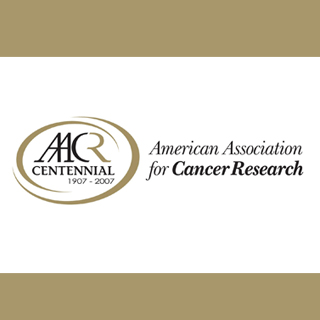
If the researchers are to be believed, then the chemotherapeutic agent temozolomide benefits glioblastomas patients to live longer. When the patients are subjected to radiation alone then the two-year survival rate may elevate by around 10 percent. But a combination of temozolomide and radiation seemingly increases survival rates to 25 percent.
“Glioblastomas are horrendous tumors, and new therapies are desperately needed. We found that this double therapy of combining temozolomide with a Notch inhibitor was highly effective at treating tumor cells in culture and in mice,” remarked Alonzo H. Ross, Ph.D., professor of biochemistry, molecular pharmacology at the University of Massachusetts Medical School and the lead researcher.
The Notch signaling pathway is probably over-expressed in glioma tissue and tumor cells. During the research, investigators adopted this double-therapy approach of combining temozolomide with a Notch inhibitor in cell culture and in immunodeficient mice. Experimenting of cell culture as well as immunodeficient mice helped experts in evaluating the benefits of this combination therapy to decrease tumor recurrence.
Ross shared, “We’re both very successful and unsuccessful with cancer therapy; in most cases we can substantially diminish the tumor mass. The problem is that it comes back with vengeance, and is even more resistant and difficult to treat.”
While analyzing both the models it was observed that the combination of temozolomide with the Notch inhibitor has more effectively declined tumor growth and recurrence compared to either agent alone. It was mentioned that the either drug used individually only transiently slowed tumor growth. In unison with the results of the preclinical study, scientists conclude that temozolomide is the precise chemotherapy drug for glioblastomas.
Patrick M. O’Connor, Ph.D., chief scientific officer of Selexagen Therapeutics, alleged, “These results help lay the groundwork for future clinical research and are yet another stepping stone towards a future era dominated by ‘precision therapeutics’ designed to specifically target the underlying molecular drivers of cancer growth and spread.”
It has been ascertained that the research provides preclinical proof-of-concept evidence that the Notch pathway confers a survival advantage to glioma cells treated with temozolamide. Further investigations are being carried out to understand the mechanism of action for cell death and may also test these findings into the clinic.
The study will be published in the September issue of Cancer Research, a journal of the American Association for Cancer Research.
